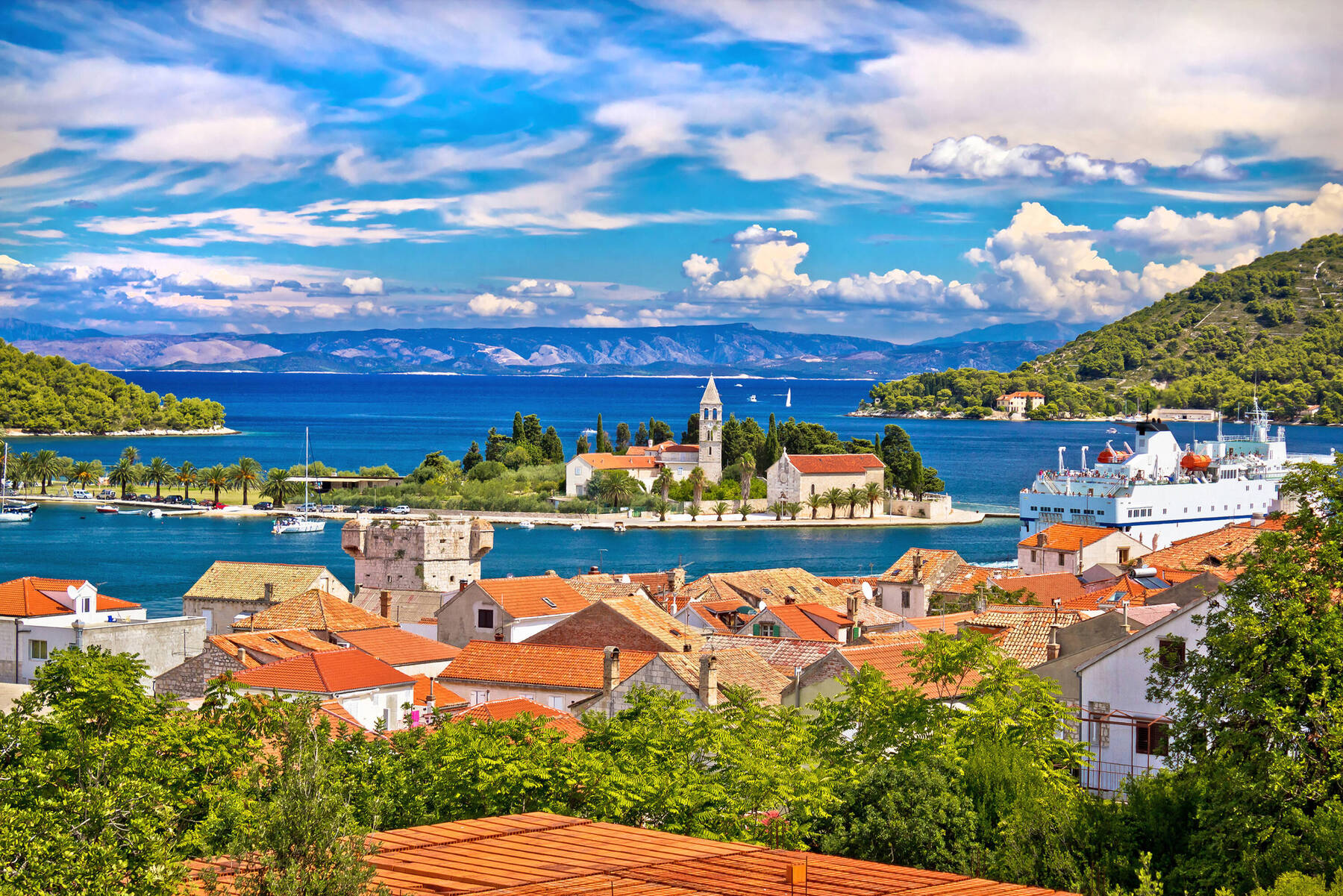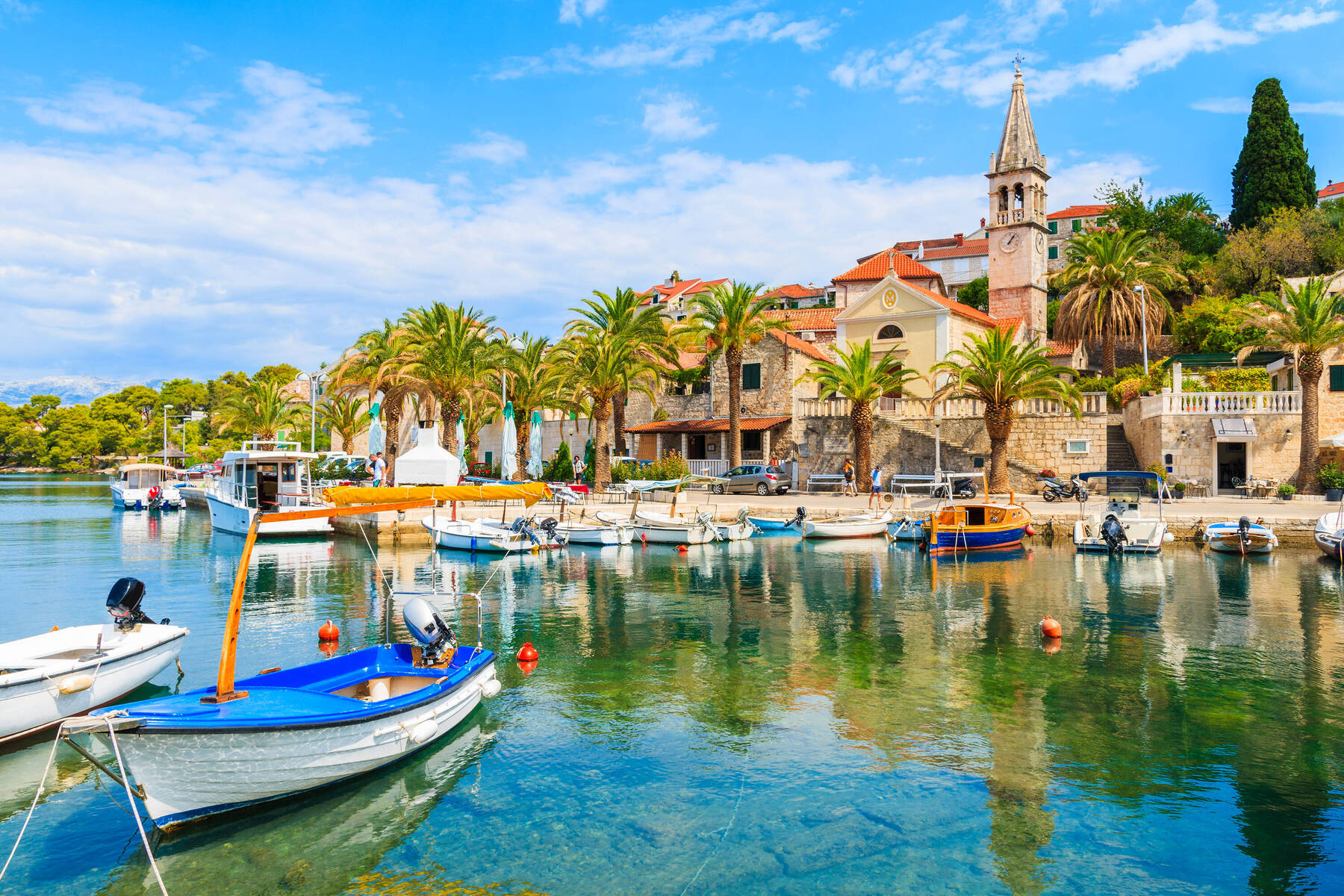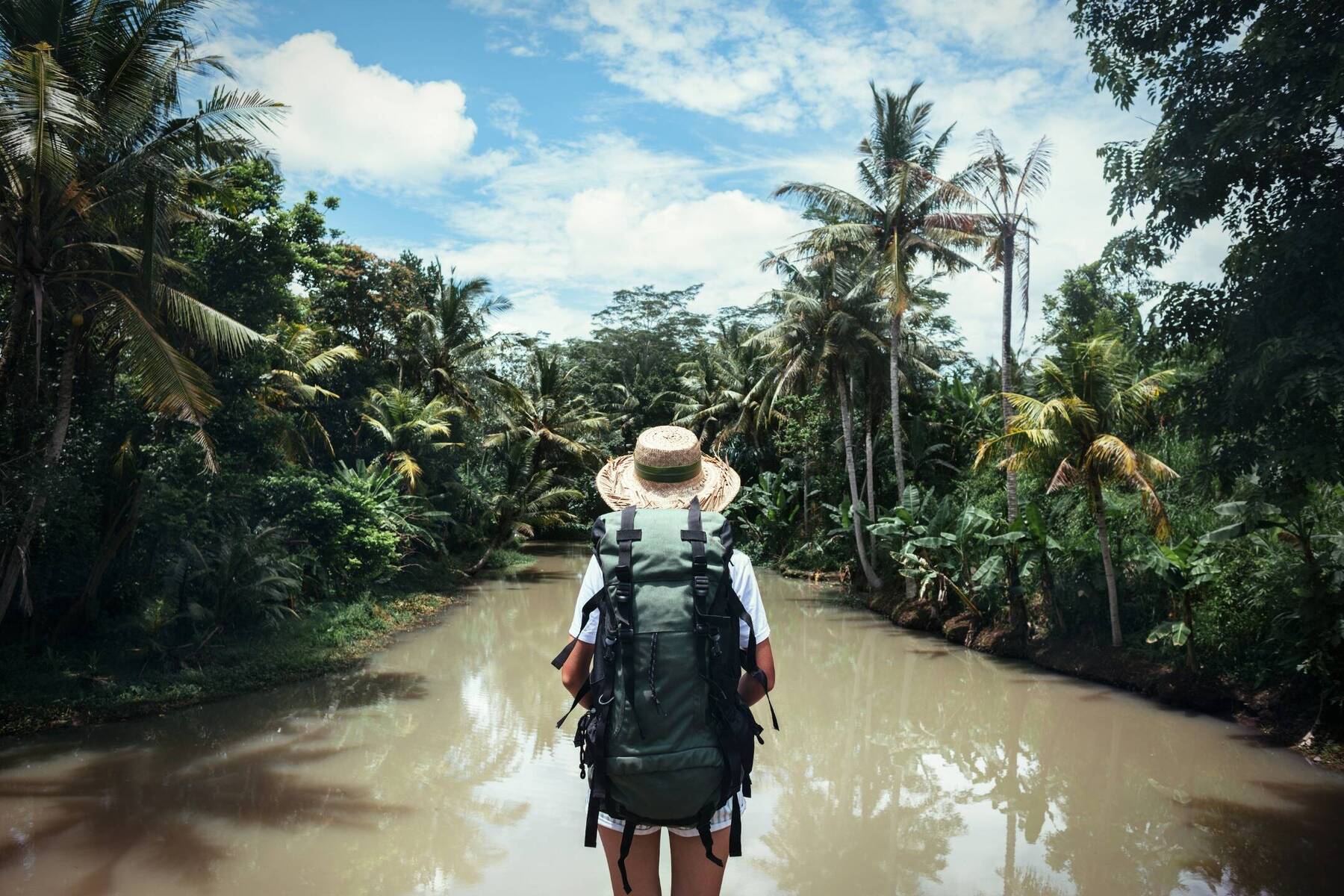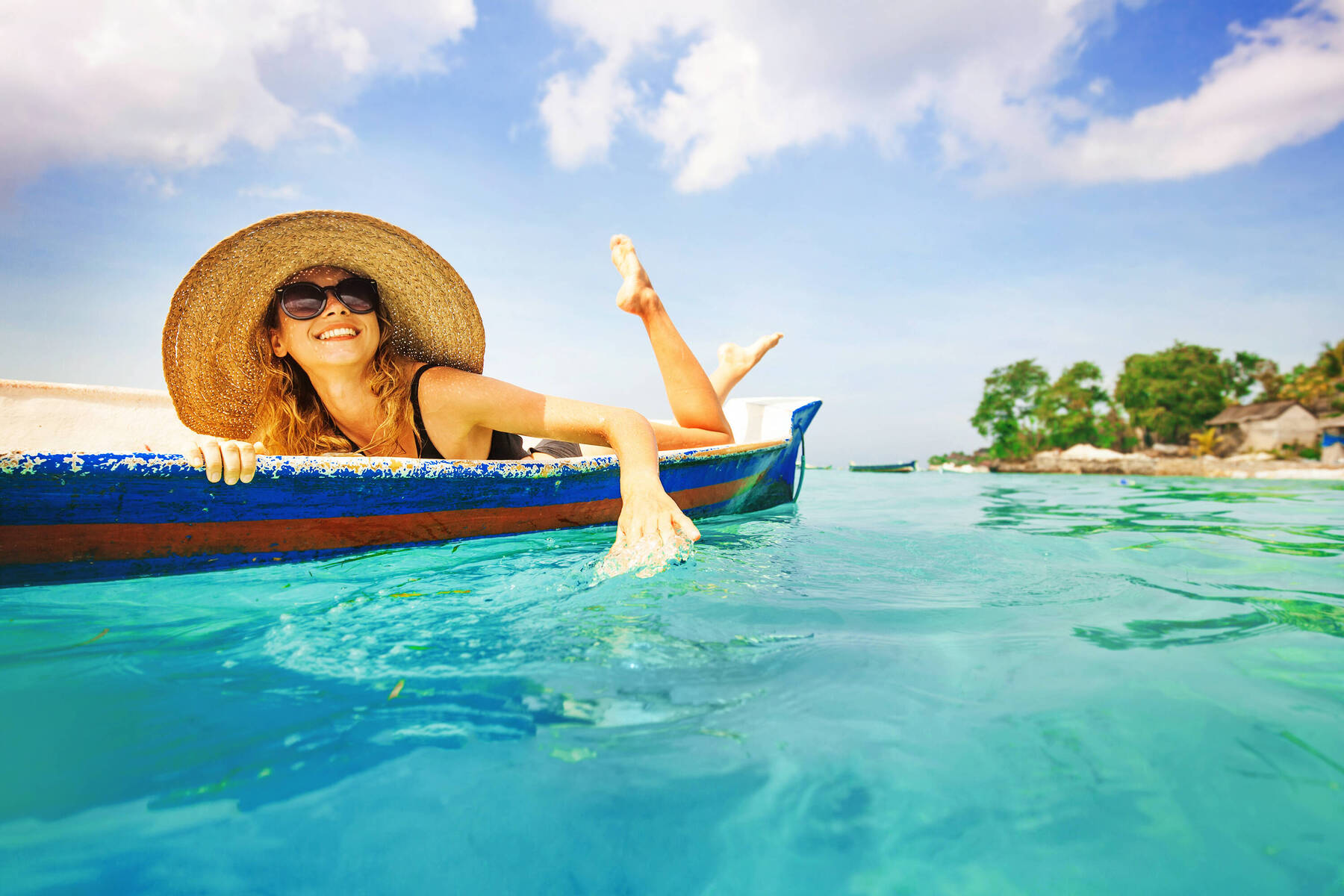Mljet: For Nature Lovers
Sultry Mljet is a small and highly explorable gem of an island that looks like it’s been dropped like a moss-covered stone into deep azure waters. Most visit Mljet for the national park and disappear back to Dubrovnik come sundown, making it perfect for travellers in search of a quiet retreat away from the crowds. Pomena is best used as a gateway to the national park but the harbour is a good spot for a bite to eat with views of the boats.
The Mljet National Park’s best features are its two stunning lakes (Veliko Jezero and Malo Jezero) that are shrouded by forests, connected by a narrow canal and home to an idyllic islet with a 12th-century monastery perched atop. Once you’ve seen the lakes, the island is your oyster. Find the three sandy beaches on Mljet in the southeastern reaches but stick with rustic Blaće if you want to avoid the crowds that flock to Saplunara for its amenities. Swim, or take a boat into the echo chamber that is the Ulysses Cave or simply immerse yourself in Mljet’s abundance of Adriatic calm.















Comments